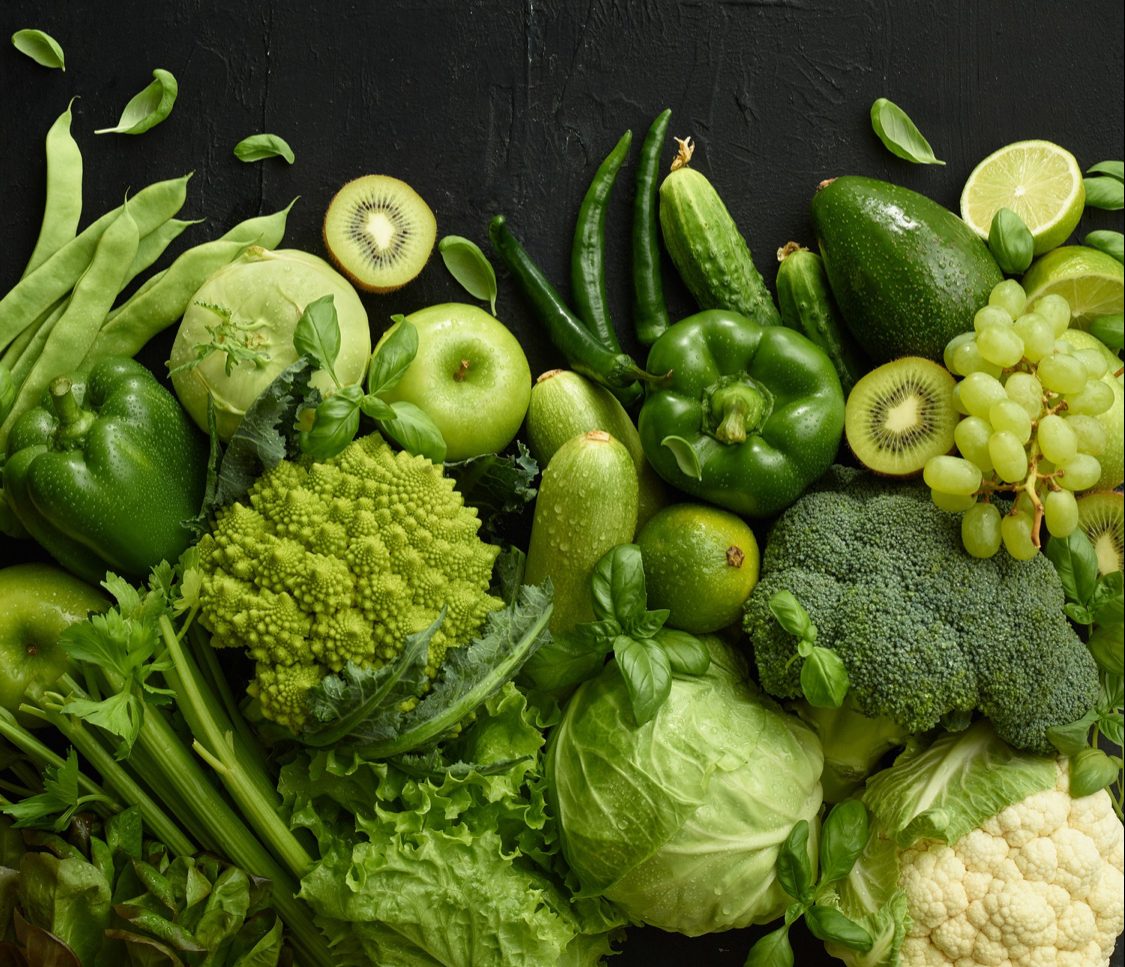Gluten often gets a bad reputation. Ever wonder why some people ask for a gluten-free diet? They may have gluten intolerance, experiencing adverse reactions when consuming foods that contain gluten. This is because gluten contains certain amino acids that can lead to digestive issues for some. However, demonizing gluten entirely doesn’t hold up, as gluten itself isn’t inherently harmful to most people. To understand this better, let’s first explore what gluten really is.
Gluten is the name for proteins found in wheat, rye, barley, and triticale—a hybrid grain. It occurs naturally, though it can also be extracted, concentrated, and added to other food products to boost protein levels. Gluten acts as a binding and thickening agent, holding foods together while also enhancing texture and flavor. You might be surprised to find gluten in foods where you wouldn’t expect it. Keep reading to dive deeper into gluten, its characteristics, potential harmful effects, and ways to manage gluten intolerance.
Characteristics of Gluten
Despite the adverse reactions it can cause for some, gluten plays an irreplaceable role in the culinary world, particularly in products like pasta, pastries, cakes, bread, and other baked goods. Let’s take a closer look at its key traits:
- Stretchy: Gluten is stretchy and spongy, responsible for the chewy texture in bread, baked goods, and pizza crusts.
- Elastic: When water is mixed with flour, gluten proteins (glutenin and gliadin) form a network that makes the dough stretchy and elastic. This network traps the carbon dioxide produced by yeast, causing the dough to rise as it heats and expands.
- Structure: During baking, gluten gives bread its airy and firm texture. It helps retain moisture and prevents baked goods from crumbling. Without gluten, baked goods would become dry, dense, and compact.

Where do you find gluten
Where You’ll Find Gluten
As mentioned, gluten is a naturally occurring protein found in wheat, rye, barley, and triticale. It’s also present in many everyday products, such as:
- Baked goods like pizza, bread, and pasta
- Nutritional supplements
- Soaps and sauces
- Processed foods, where it’s used to control texture and thickness
- Medications and personal care products, where it acts as an emulsifier
- Oats, when processed alongside gluten-containing foods
What Harm Does Gluten Do to Your Body?
For those with gluten intolerance, the peptides (amino acids) in gluten can resist stomach acids, leading to symptoms that range from mild digestion issues to serious health conditions. Consuming gluten can result in the following health problems:
Celiac Disease
This autoimmune disease causes your immune system to attack gluten, resulting in damage to the small intestine. It specifically harms the villi, hair-like projections that absorb nutrients. As a result, your body may miss out on essential nutrients, leading to malnutrition. In some cases, people with celiac disease experience no symptoms, a condition known as silent celiac. Those with celiac disease are also at higher risk of developing conditions such as coronary artery disease and small bowel cancers. Left untreated, celiac disease can lead to long-term complications like:
- Type 1 diabetes
- Multiple sclerosis (MS)
- Dermatitis herpetiformis (an itchy skin rash)
- Anaemia
- Miscarriage and Infertility
- Osteoporosis
- Neurological conditions like migraine and epilepsy
- Heart disease
- Intestinal cancers
Gluten Ataxia
This is a rare neurological autoimmune disorder in which the body attacks the brain in response to gluten, affecting nerve tissues and impairing voluntary muscle movement and control.
Non-Celiac Gluten Sensitivity
People with non-celiac gluten sensitivity experience symptoms similar to celiac disease—such as bloating, constipation, diarrhea, and abdominal pain—without damage to the small intestine.
Wheat Allergy
In wheat allergy, the immune system mistakes gluten and other wheat proteins as harmful agents (like bacteria or viruses), prompting an antibody response. This can lead to symptoms such as congestion, difficulty breathing, and other allergic reactions.
Tackling Gluten Intolerance
If you’re intolerant to gluten, adopting a gluten-free diet can help prevent complications like celiac disease, gluten ataxia, wheat allergy, and related issues. This means avoiding all foods that contain gluten. A diet rich in whole foods—such as vegetables, fruits, eggs, and meat—can help you avoid gluten naturally. If you eat processed foods like bread or pasta, make sure they’re gluten-free. Avoid major gluten sources like wheat, rye, barley, and triticale. It’s wise to steer clear of:
- Pasta
- Cereals
- Baked goods like bread, muffins, scones, cakes, and cookies
- Soups
- Food coloring
Instead, focus on naturally gluten-free options, such as:
- Fresh vegetables and fruits
- Dairy products
- Meat
- Seafood
- Beans and legumes
- Nuts
- Poultry
Key Takeaways
For most people, gluten doesn’t cause any health issues. Many of us consume gluten daily without even realizing it. However, if you develop allergic reactions to gluten, consult a physician or dietitian and consider switching to a gluten-free diet.
When shopping for gluten-free baked goods, pasta, bread, or cereals, always check the labels to ensure they’re truly gluten-free. With careful management, you can still enjoy a variety of delicious foods while avoiding gluten-related complications.
 Food Manifest
Food Manifest 


















